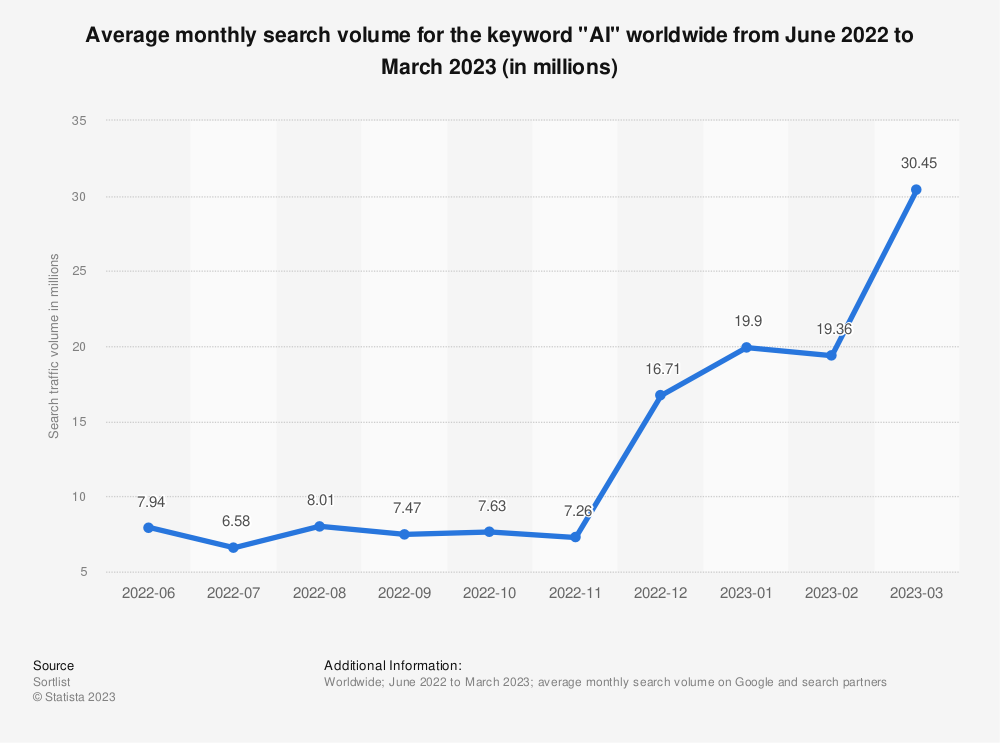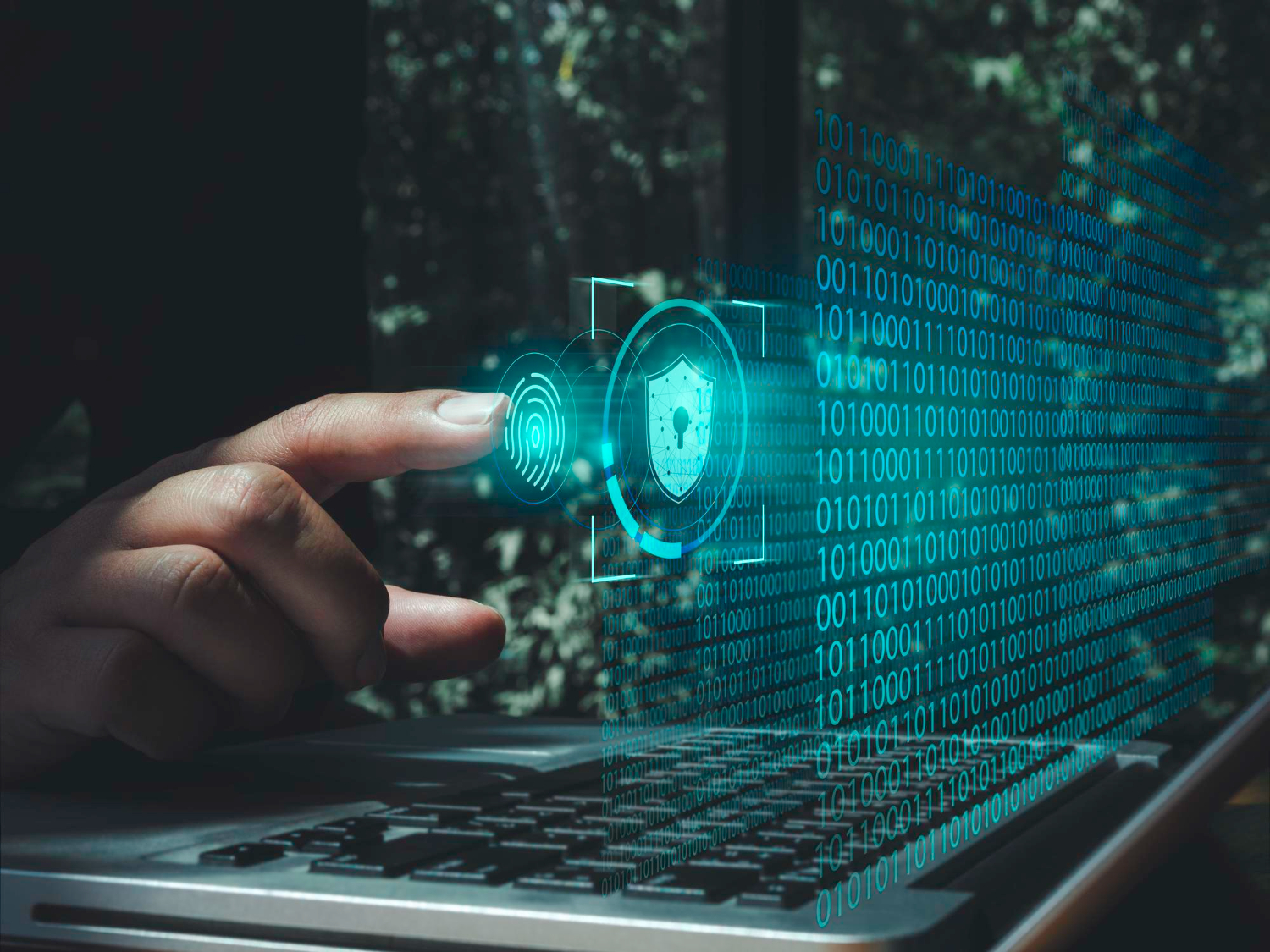The concept of artificial intelligence (AI) is increasingly discussed both in the media and in everyday conversations. A notable example is ChatGPT, a tool that reached a million users in 5 days, while it took Facebook 10 months and Twitter 2 years to achieve the same user count [1]. Since November 2022, when ChatGPT was released to the public, the number of searches for the term “AI” has been exponentially increasing [2].

The concept of AI in digital forensics emerged much earlier, primarily in the form of machine learning. Machine learning is a branch of artificial intelligence that utilizes algorithms for autonomous improvement based on the amount of data they learn from. Belkasoft was the first to recognize the potential of this technology, adding a new feature to its Belkasoft Evidence Center program in December 2016. This feature, powered by machine learning, analyses and detects faces, skin, and text in images [3]. Shortly after, in April 2017, Magnet forensics presented its solution using machine learning called Magnet.AI [4]. Other companies, such as Cellebrite and Exterro, followed the trend, presenting their solutions for photo analysis. In the meantime, photo analysis tools have significantly advanced and can now recognize weapons, drugs, money, documents, etc. However, for most programs, the implementation of AI stops at photo analysis. Why is that? Why do most tools currently only use AI for photos?
First, as previously stated, having a large amount of data is crucial for better pattern recognition in machine learning. This is not an issue for photos, as the average users today have 3000 images on their mobile device, and approximately 3.2 billion images are shared on social media daily, with indications that this number will continue to rise [5]. Another facilitating factor is the availability of open-source object recognition programs on the internet, making it easy to implement them into custom solutions. Although the current level of AI implementation in digital forensics is mostly limited to photo analysis, it proves to be extremely useful for digital forensics experts. AI-driven photo analysis reduces the repetitive tasks of investigators and the time required for analysis. For example, manual analysis of 3000 images on a mobile device, at an average time of 3 seconds per image, would take a person to spend 2 hours and 30 minutes, while the program can analyse the same number in just a few minutes. Manual analysis also raises questions about the accuracy of the analysis due to human brain fatigue, especially when dealing with sensitive content that can impact mental health, such as child sexual abuse material. When AI performs the analysis, it examines the first and last images equally, and in addition to its consistency, it also offers the possibility of searching for specific terms or similar images (Figure 2).

AI technology poses challenges in digital forensics in the form of deepfake technology, i.e., finding its use in identifying forensic evidence. Europol stated in its report that the greatest threats of potential deepfake technology use are in crimes such as impersonation of an executive, falsifying evidence, and non-consensual pornography [6]. In such investigations, AI helps uncover the use of AI, which may sound paradoxical but is a true testament to how new technologies are present in forensic analyses.
In what form can we expect the use of machine learning in the near future of digital forensics? Today, tools like PredPol and CrimeScan use analytics to predict where and by whom a crime will occur, resembling a sci-fi movie scenario of preventing a crime before it happens. However, questions arise about what data is used in the database where the sampling occurs. Is that data securely stored, and who has access to it? If an error occurs, who will take responsibility? Does the technology condemn innocent people before they have committed any crime?
The development of artificial intelligence, specifically machine learning, brings significant changes to the field of digital forensics, which seems to be becoming an integral part of forensics, especially in photo analysis and deepfake technology identification. Despite the current focus on photos, the application of machine learning in digital forensics is expected to continue growing, initially towards understanding context and analyzing messages. However, as with any new technology involving the processing of sensitive private data, questions of ethical responsibility and data security arise. Considering this, AI solutions must continue to be developed for the benefit of all but at the expense of no one.
Autor:
Dario Vrčković, Digital forensics consultant
References:
[1] Arooj Ahmed (2023, January 27). Chat GPT Achieved One Million Users in Record Time – Revolutionizing Time-Saving in Various Fields. Digital Information World. https://www.digitalinformationworld.com/2023/01/chat-gpt-achieved-one-million-users-in.html
[2] Statista. Average monthly search volume for the keyword “AI” worldwide from June 2022 to March 2023. https://www.statista.com/statistics/1398211/ai-keyword-traffic-volume/
[3] Belkasoft. What’s new in BEC 2016. https://belkasoft.com/whats_new_in_version_7_4
[4] Magnet Forensics. Introducing Magnet.AI: Putting Machine Learning to Work for Forensics. https://www.magnetforensics.com/blog/introducing-magnet-ai-putting-machine-learning-work-forensics/
[5] Tim Daniels (2023, September 4). Photography Statistics & Trends (2023). Lapse of the Shutter. https://www.lapseoftheshutter.com/photography-statistics/
[6] Europol. Facing reality? Law enforcement and the challenge of deepfakes. https://www.europol.europa.eu/publications-events/publications/facing-reality-law-enforcement-and-challenge-of-deepfakes


